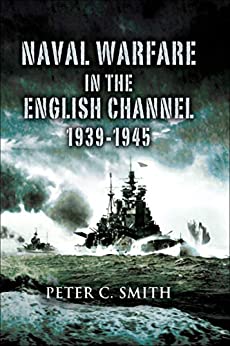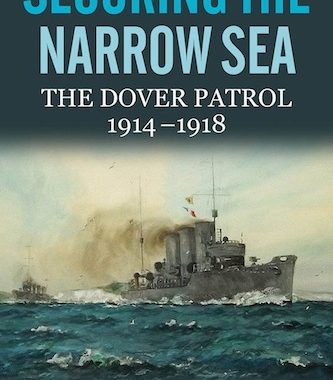Naval Warfare in the English Channel 1939-1945
Reviewed by Charles C. Kolb, PhD Peter Charles Horstead Smith is Professor of Health Policy at the Imperial College Business School and, since 1982, resides in the small Bedfordshire village of Riseley. He was both a book and a magazine editor but has been a full-time historian and author since 1968. Specializing in maritime and



